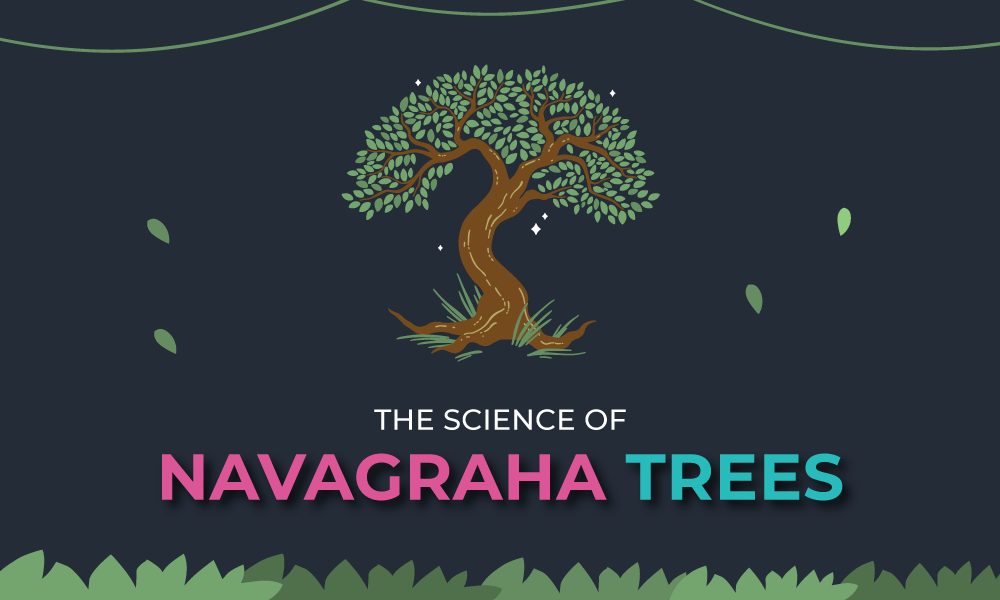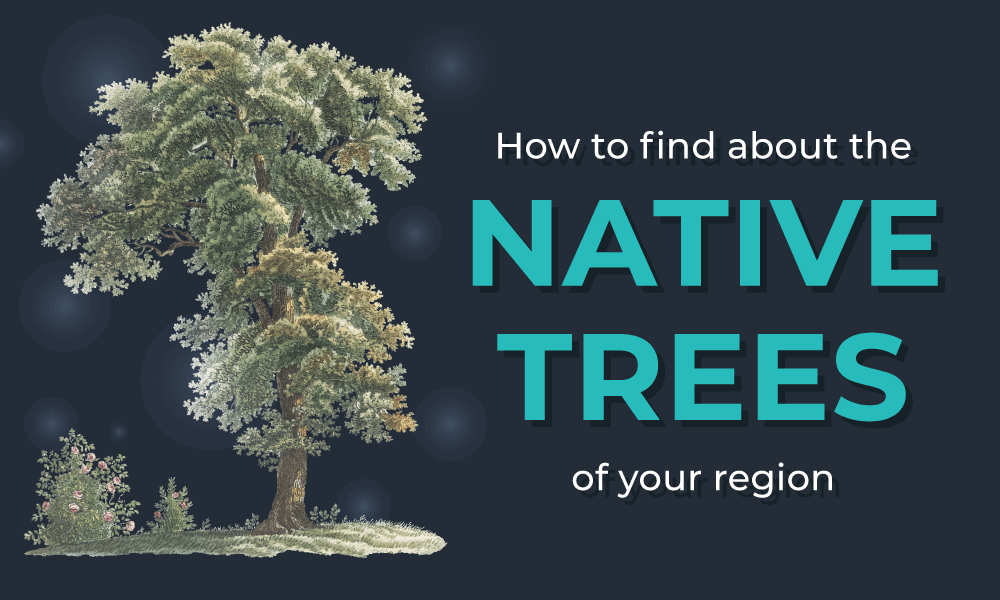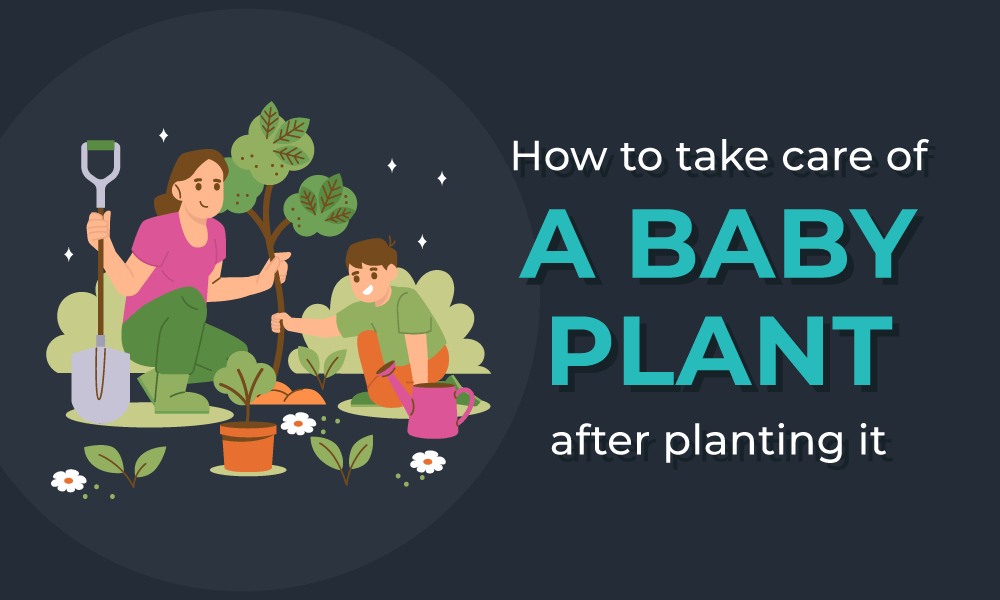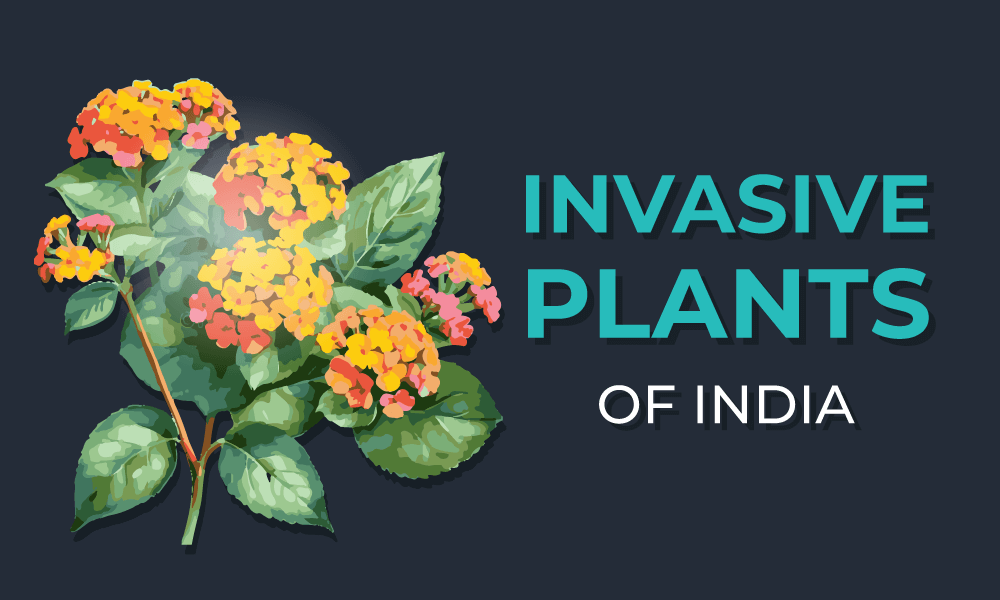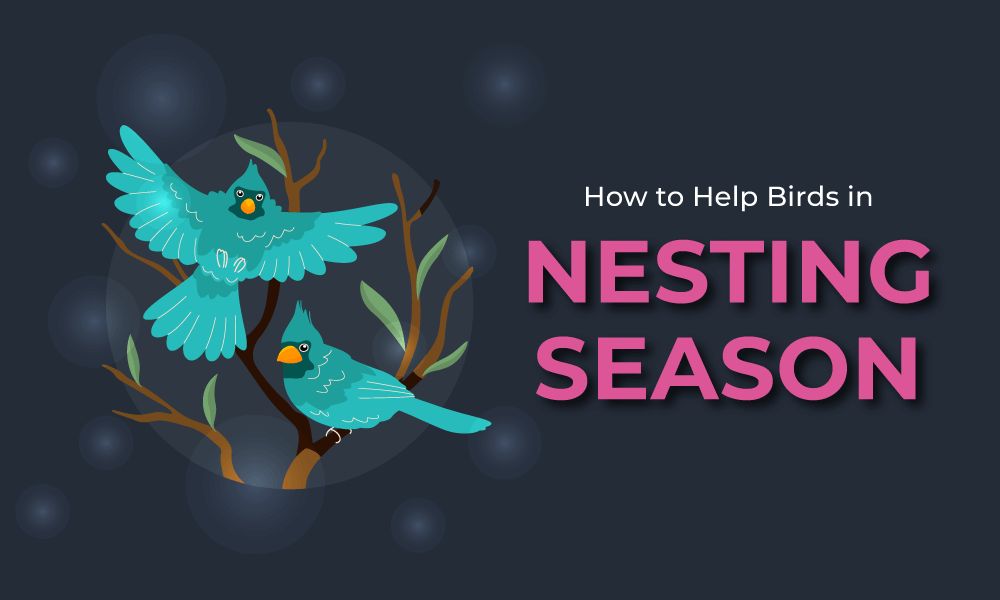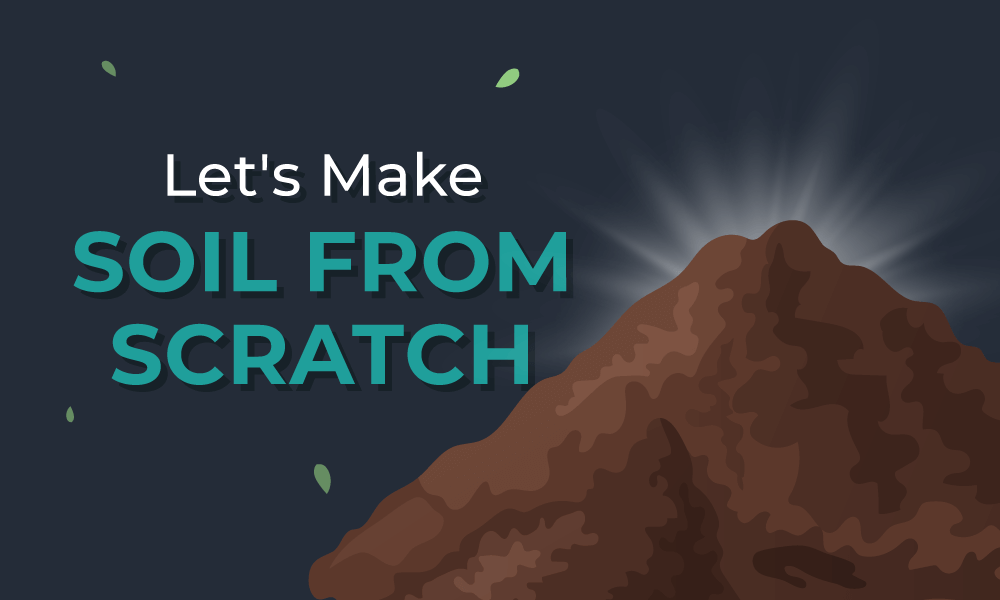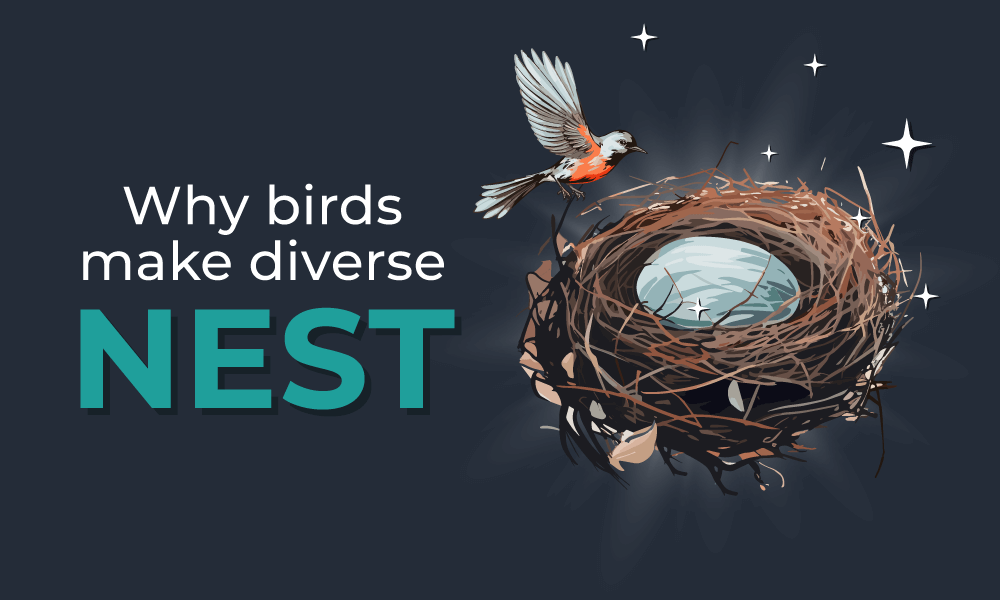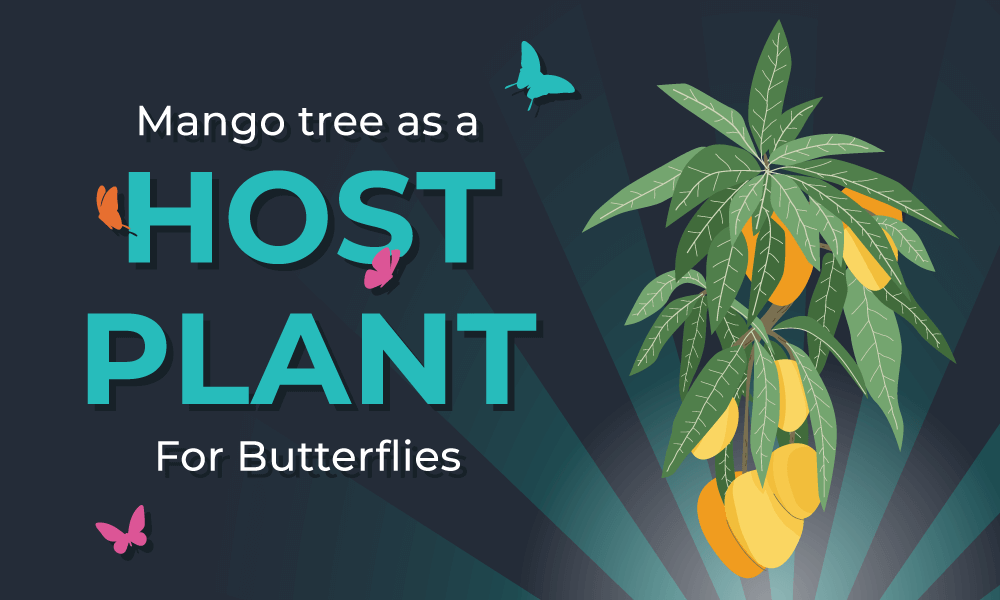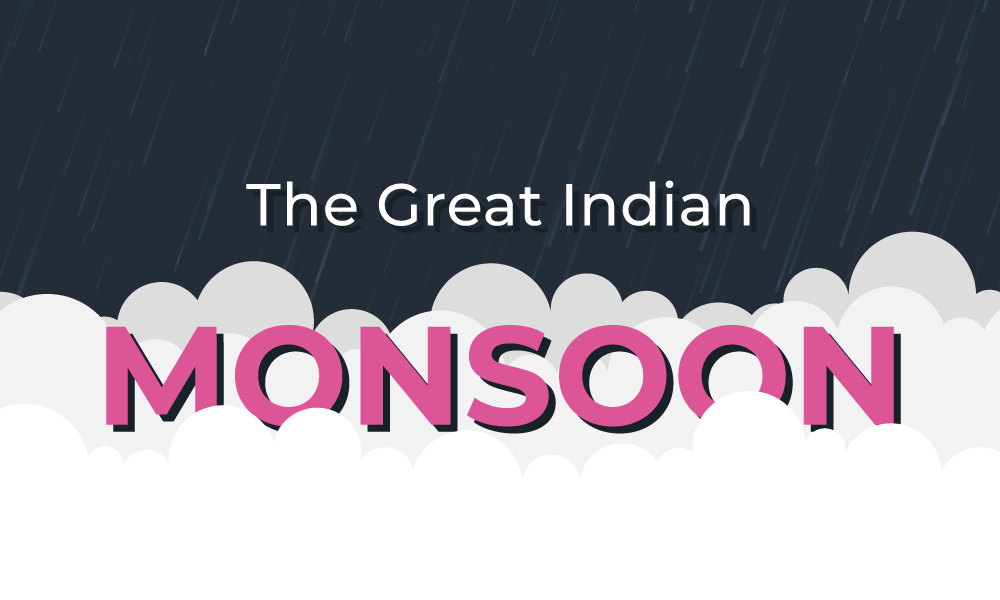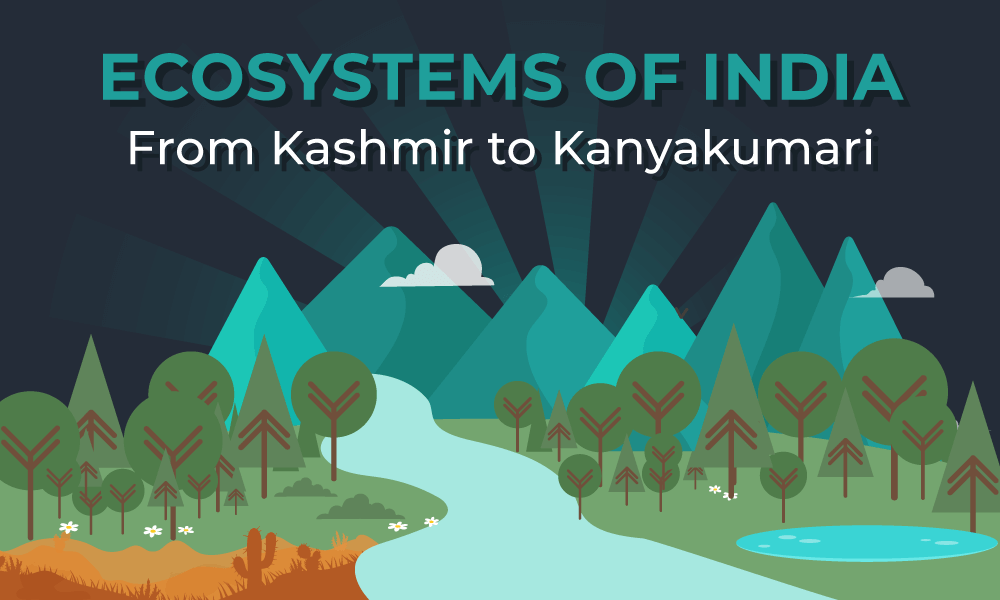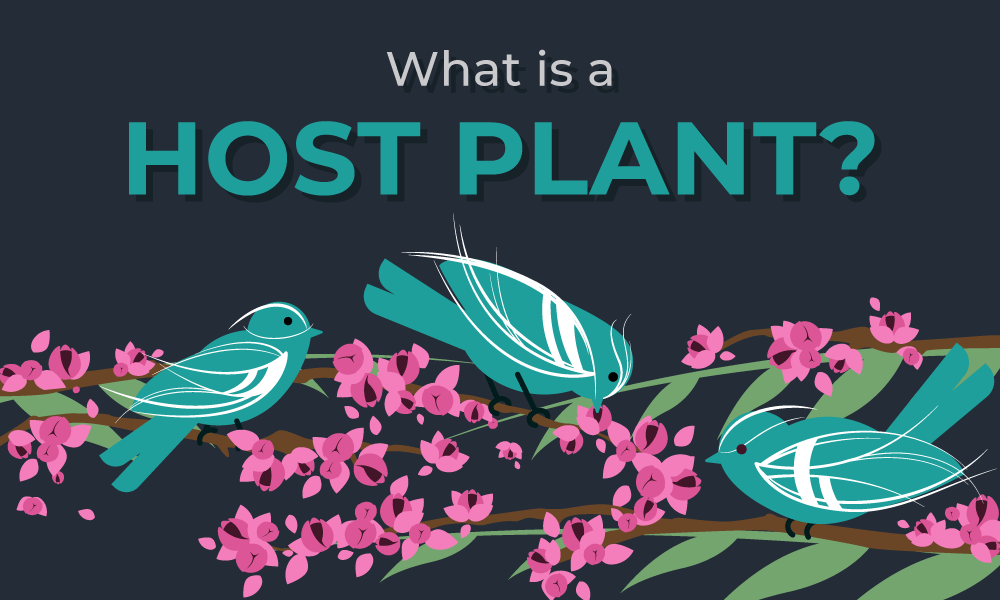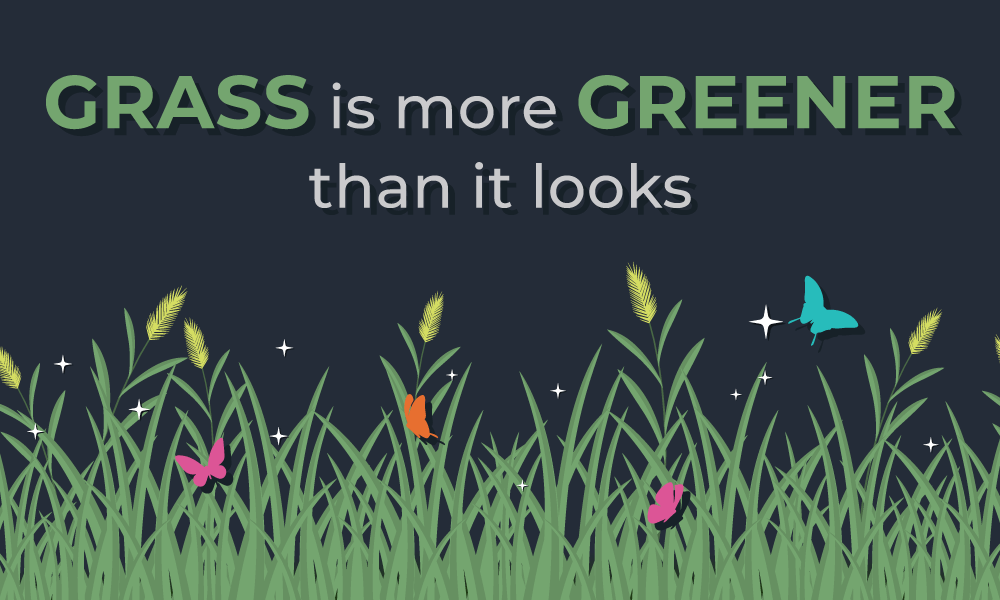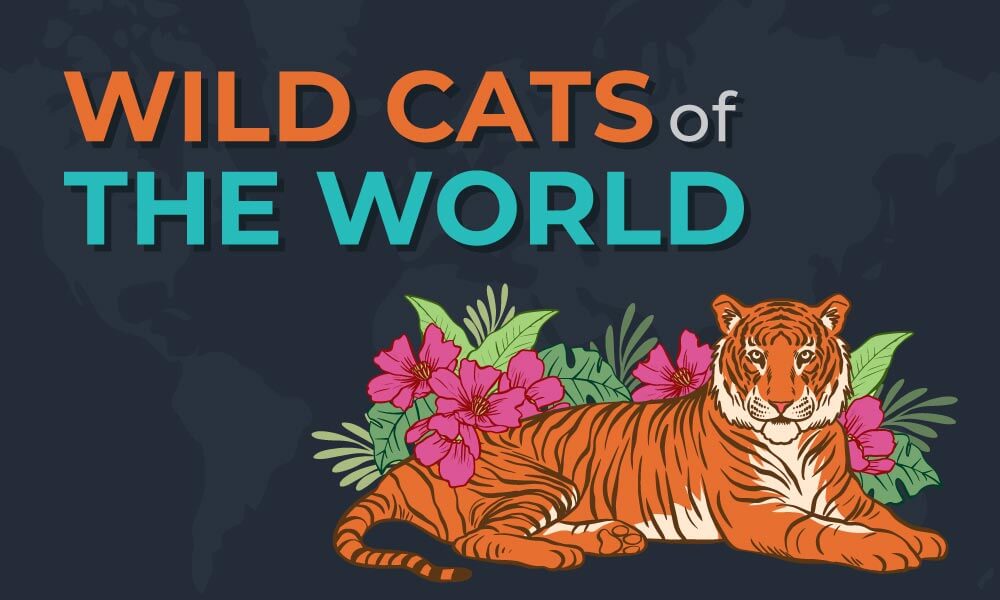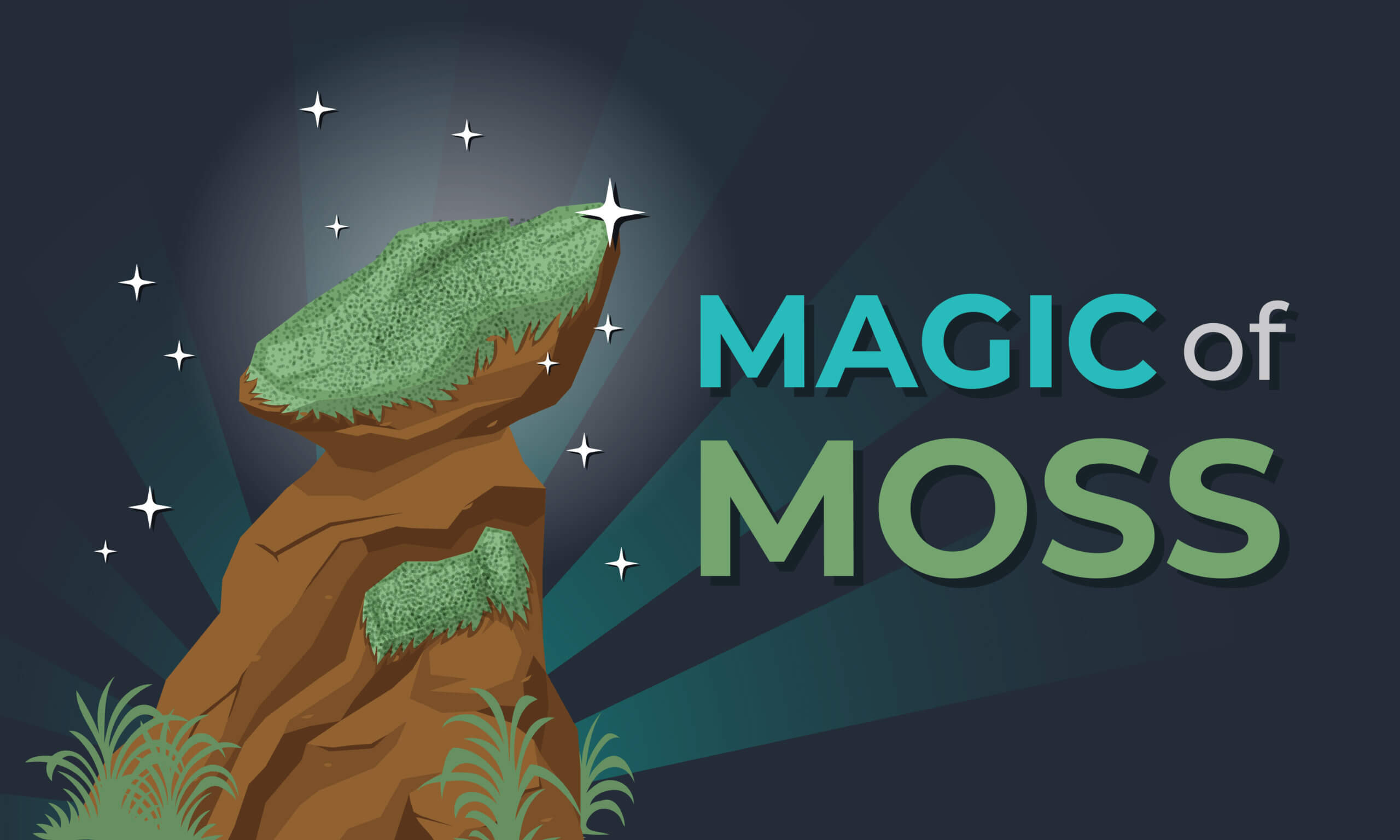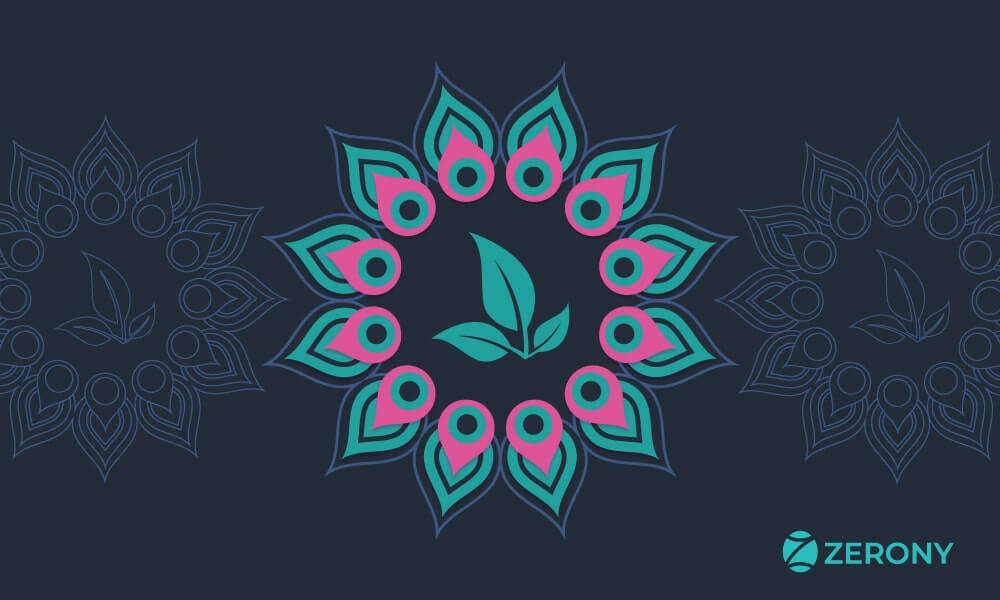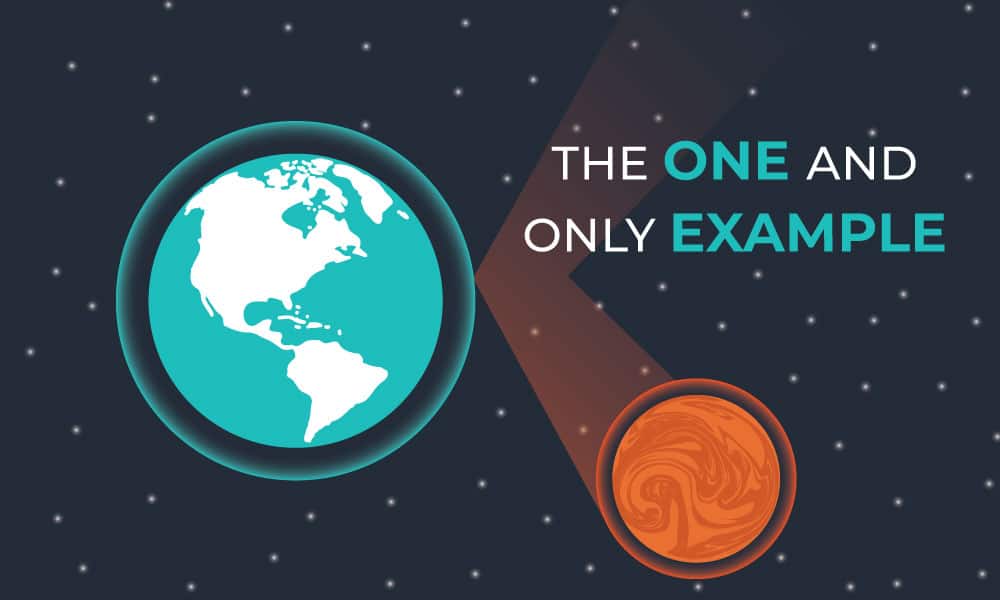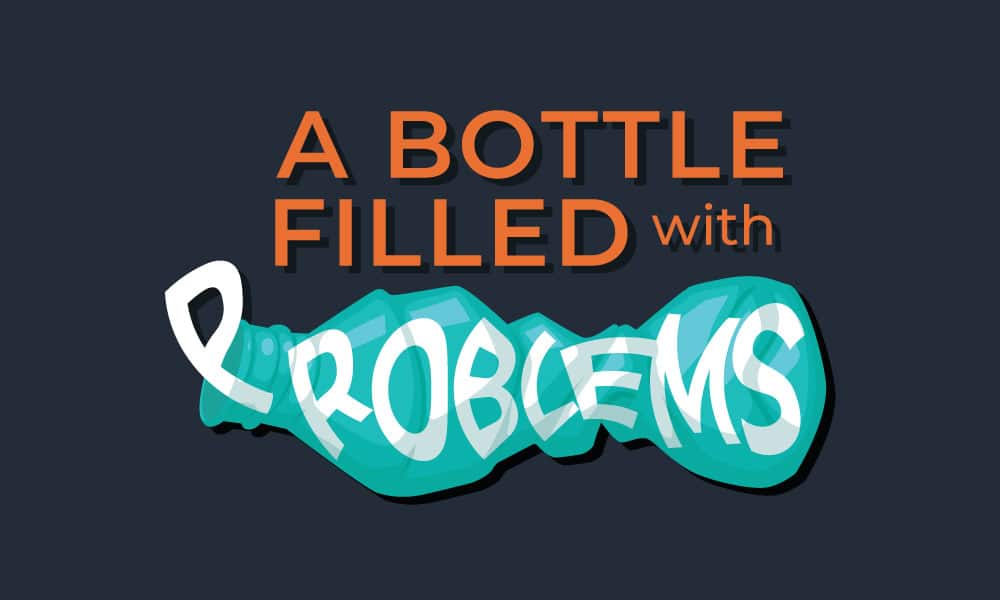Millets are small-grained, highly nutritious cereal crops like wheat and rice, that grow in low-fertility soils with minimal use of fertilizers and pesticides. These crops are native to India and have been grown by humans for thousands of years. These crops contribute very largely to food and nutritional security. As rain-fed crops, millets are important for sustainable agriculture in areas with low rainfall.
Though they were once one of the first crops to be cultivated, they have only recently started to gain popularity again. These ancient grains, known for their resilience and ability to thrive in harsh environments, are now considered “smart foods” for their nutritional benefits and sustainability. Let’s dive deeper into the fascinating story of millets—where they came from, their nutritional and environmental benefits, and why they are making a comeback today.
What are millets?
Based on the area grown and its grain size the millets are classified as major millet and minor millets. The major millets include sorghum (jowar) and pearl millet (bajra).
The finger millet (ragi/mandua), foxtail millet (kangni/Italian millet), little millet (kutki), kodo millet, barnyard millet (sawan/jhangora), proso millet (cheena/common millet), and brown top millet (korale) are minor millets.

Millets were the first crops to be domesticated by the mankind in Asia and Africa which later on spread across the globe as critical food sources to the evolving civilizations. All these millets have shorter growing duration complete their life cycle in 2-4 months, fit a wide range of cropping systems and also adapt themselves to the changing environmental conditions, especially during the changing monsoon. Millets require very little water as compared to rice and wheat.
Why Are Millets Considered “Superfoods”?
In today’s world, where health and sustainability are becoming increasingly important, millets are often referred to as “superfoods.” But what makes them so special?
- Calcium: Finger millet (ragi) is one of the best plant-based sources of calcium, making it excellent for bone health.
- Iron: Millets like pearl millet (bajra) are rich in iron, which helps prevent anaemia.
- Magnesium: Magnesium is important for heart health, and millets provide a good amount of this mineral.
- Dietary Fiber: Millets are high in fibre, which aids digestion and helps regulate blood sugar levels.
- Protein: Proso millet, for example, has a high protein content compared to other cereals.
Millets and the Environment
In addition to their health benefits, millets are also incredibly eco-friendly crops. They require fewer resources to grow, making them ideal for sustainable agriculture. Here’s why millets are good for the environment:
- Low Water Requirement: Millets need very little water compared to other cereal crops like rice or wheat. For example, rice requires around 4,000 litres of water to produce one kilogram of grain, while millet can produce the same amount with just 250-300 litres of water. This makes millet a vital crop in regions facing water scarcity and drought.
- Drought-Resistant: Millets are known for their ability to survive in harsh climates, particularly in areas with low rainfall. They are highly drought-resistant, which means they can still produce a good yield even in challenging conditions. This makes them a reliable crop for farmers in arid and semi-arid regions.
- Less Reliance on Chemical Inputs: Millets are naturally hardy and resistant to pests and diseases, which means they don’t require as many chemical fertilizers or pesticides as other crops. This reduces the environmental impact of millet farming and makes it a more sustainable option for agriculture.
- Soil Health: Millets help improve soil health by adding organic matter back into the soil. Their roots go deep into the ground, helping to prevent soil erosion and improve soil structure. Millets also require fewer fertilizers, which helps maintain the natural balance of nutrients in the soil.
- Climate Change Resilience: As climate change continues to affect agriculture, crops like millets that can withstand extreme weather conditions will become increasingly important. Their ability to grow in poor soils and with minimal water makes millets a crucial crop for ensuring food security in the face of climate change.
How to Include Millets in Your Diet
With all the health and environmental benefits that millets offer, it’s a great idea to start incorporating them into your daily meals. Here are some easy ways to add millet to your diet:
- Breakfast Porridge: Start your day with a warm bowl of millet porridge. You can cook it with milk or water, add fruits and nuts, and sweeten it with honey or jaggery.
- Millet Rotis: Replace wheat flour with millet flour to make flatbreads (rotis). Pearl millet (bajra) and finger millet (ragi) are commonly used to make nutritious rotis.
- Salads: Cooked millets can be added to salads for extra nutrition and texture. Mix cooked millet with vegetables, herbs, and a light dressing for a healthy meal.
- Millet Snacks: You can also use millet flour to make a variety of snacks like crackers or pancakes. Puffed millet is a popular snack in some parts of the world.
- Millet-Based Baked Goods: Replace a portion of wheat flour with millet flour when baking bread, muffins, or cakes to make your treats more nutritious.
The Future of Millets: A Sustainable Superfood
As the world faces challenges like water scarcity, soil degradation, and climate change, millets are emerging as a crop of the future. Their ability to grow in tough conditions and provide high nutritional value makes them a vital part of sustainable agriculture. Governments, health experts, and environmentalists are increasingly recognizing the importance of millets in promoting food security and improving public health.
In countries like India, where millets were once sidelined in favour of crops like rice and wheat, there is now a growing movement to bring these ancient grains back into the spotlight. The Indian government has declared 2023 as the International Year of Millets and is promoting their cultivation through various programs and initiatives. This is a significant step towards encouraging the widespread adoption of millet as a staple food.
Globally, the demand for millet is also on the rise as more people become aware of their health benefits and sustainability. From high-end restaurants to home kitchens, millets are being used in innovative and delicious ways, proving that this ancient grain has a place in the modern world.
Read more : Real Life Causes and Effects of Climate Change
If you have some suggestion on which we should write or you have any query and something else you can contact us. Please do share this blog with your family, friends, and others so they can all learn real life causes and effects of climate change.

































